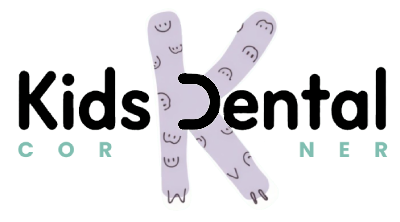Frenectomies
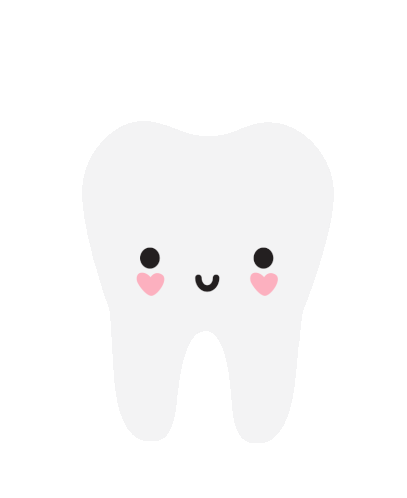
Addressing Tongue and Lip Ties
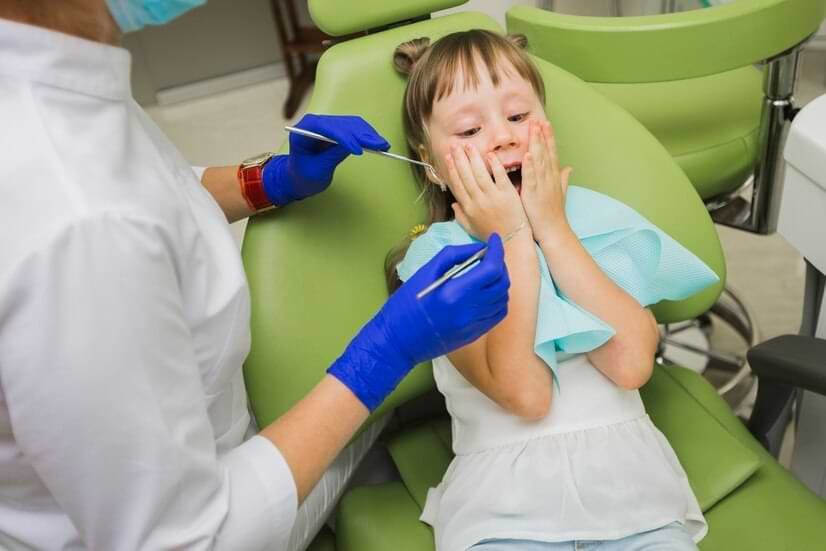
Infants with Feeding Issues
A tight tongue or lip tie can make it hard for babies to latch properly during breastfeeding, leading to inadequate milk intake, discomfort for the mother, and poor weight gain for the infant. Correcting the tie can often resolve these concerns quickly.
Children with Speech Impediments
Some speech problems, like trouble articulating “R,” “L,” or “TH” sounds, may stem from restricted tongue movement. While speech therapy can help, a frenectomy might be recommended if the tie is significantly limiting tongue mobility.
Difficulty Eating Solid Foods
Older children with lip or tongue ties may struggle to maneuver certain textures or shapes of food in their mouth, leading to picky eating or issues with swallowing.
Detailed Examination
We evaluate the tie’s thickness, position, and impact on oral function using both visual assessment and sometimes diagnostic tools.
Interdisciplinary Coordination
We often consult with lactation experts, pediatricians, or speech therapists to confirm whether the frenectomy could offer real improvements.
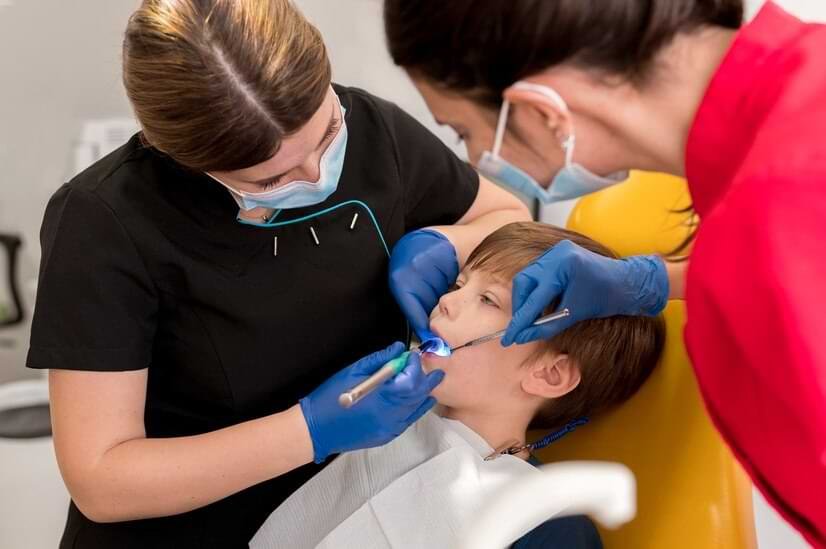

The Frenectomy Procedure
- Laser Frenectomy: A focused laser beam to vaporize and reshape the tie, minimizing bleeding and promoting faster healing.
- Conventional Surgical Techniques: A small incision is made in the restrictive tissue, followed by a few sutures if needed.
Aftercare and Recovery

Oral Exercises & Stretching

Monitor Feeding or Speech

Follow-Up Appointment
When Are Space Maintainers Removed?


Ready to Learn More?
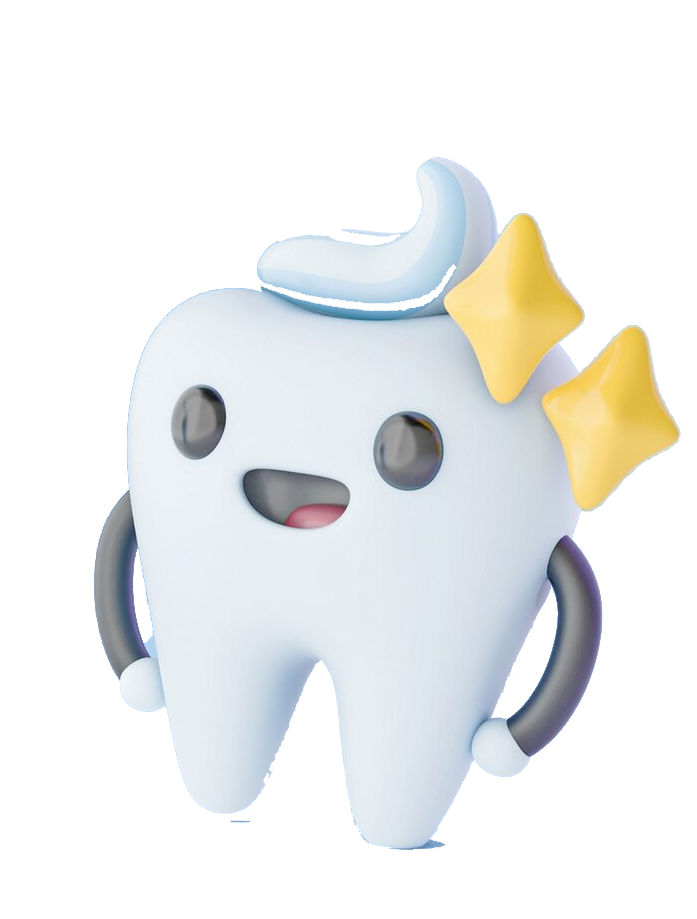

Frequently Asked Questions About Restorative Dentistry
Yes! Even though baby teeth will eventually fall out, they play a crucial role in chewing, speech development, and guiding permanent teeth. Untreated cavities can lead to pain, infections, and premature tooth loss, which may require extensive future dental work.
If your child has a cavity, early intervention ensures a quick and comfortable solution, preventing further damage and discomfort.
If your infant struggles with breastfeeding or bottle-feeding, has difficulty gaining weight, or experiences excessive gas due to swallowing air, they may have a tongue or lip tie. In older children, speech difficulties and trouble eating certain solid foods may also indicate the need for evaluation.
A consultation with our experienced pediatric dentists will help determine whether a frenectomy is the right solution for your child.
Tooth extractions are considered a last resort and are only recommended when a tooth cannot be saved through other restorative methods. Reasons for extraction may include:
- Severe decay or infection beyond repair.
- Extra or impacted teeth interfering with normal development.
- Orthodontic needs, such as creating space for braces.
For permanent tooth loss, options like space maintainers for baby teeth and dental implants or bridges for adult teeth can help maintain function and aesthetics.
